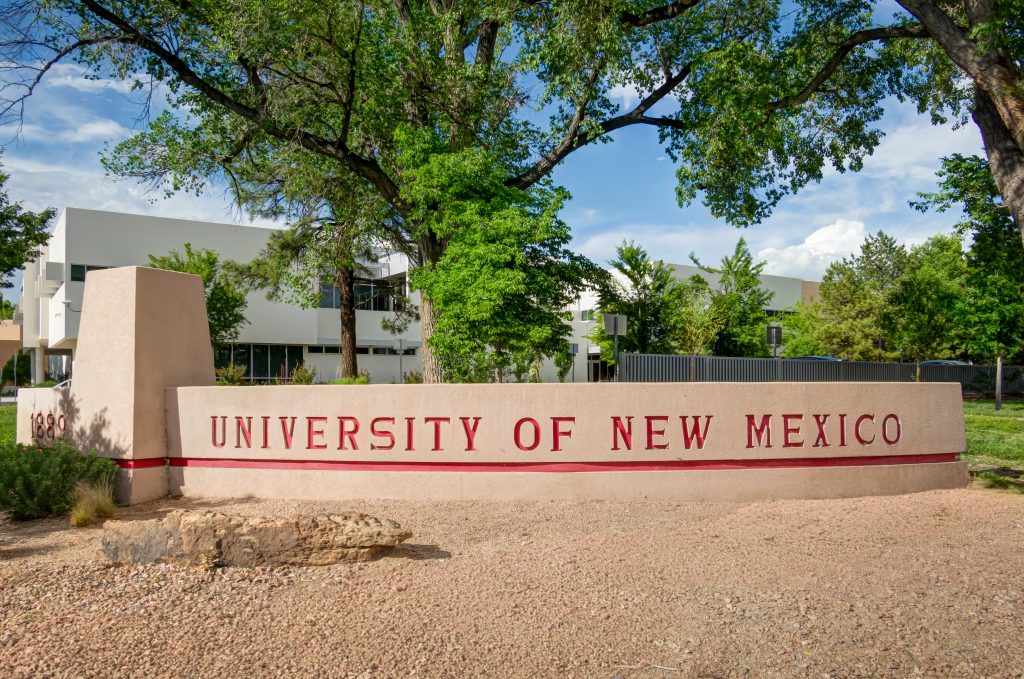The University of New Mexico revealed plans this week to significantly expand its medical education programs in response to the state’s worsening shortage of physicians and other healthcare professionals.
At a meeting of the Legislative Finance Committee in Albuquerque on Tuesday, UNM officials laid out an ambitious strategy to nearly double enrollment in its School of Medicine and allied health programs over the next decade. The expansion is expected to add roughly 54 new medical professionals to New Mexico’s workforce each year, including doctors, physician assistants, and therapists.
Central to the strategy is the construction of a new School of Medicine facility to replace the aging Reginald Heber Fitz Hall, initially built in 1967. Lawmakers allocated $30 million this session to support planning and design. Additional funds will come from state capital, private philanthropy, and university reserves. The project is estimated to cost approximately $600 million in total.
University officials anticipate starting construction in 2027, with the building scheduled to open to students by 2030 and the first students graduating from the expanded program by 2034. According to a university planning document, total enrollment across medical and health professions programs is expected to grow from approximately 1,108 students in fiscal year 2026 to 2,191 by fiscal year 2035.
UNM is the only institution in the state that grants medical degrees. Despite traditionally drawing most of its students from New Mexico, many go elsewhere to practice after completing their training. The Legislative Finance Committee report cited by university officials notes that fewer than 50 percent of UNM medical graduates remain in-state, despite the fact that those who complete their residency at UNM are twice as likely to stay.
The doctor shortage in New Mexico is severe: 32 of 33 counties are federally designated as health-professional shortage areas, and the state ranks 32nd nationally in physician supply. Between 2017 and 2021, the number of primary care physicians dropped by about 30 percent, and nearly half of practicing family doctors are expected to retire by 2030.
Dr. Michael Richards, Executive Vice President of Health Sciences at UNM, emphasized to lawmakers that expanding medical education alone will not solve the crisis. He said the university will need a “layered” strategy that includes growth in residency slots, more substantial financial incentives, and system-wide reforms if graduates are to remain in New Mexico.
Beyond the new School of Medicine building, UNM is already advancing a suite of campus expansions, including a new Hospital Critical Care Tower scheduled to open in 2025 and a recently completed College of Nursing and Public Health building. These facilities are designed to provide essential clinical training capacity to support expanded enrollment.
UNM officials view the capital investment as critical to meeting the state’s healthcare needs and improving access for rural and underserved communities. Observers caution, however, that without corresponding improvements in residency training opportunities, statewide recruitment and retention programs, and compensation, even the new facility may fall short of ensuring that graduates serve in New Mexico, particularly in its most remote regions.




